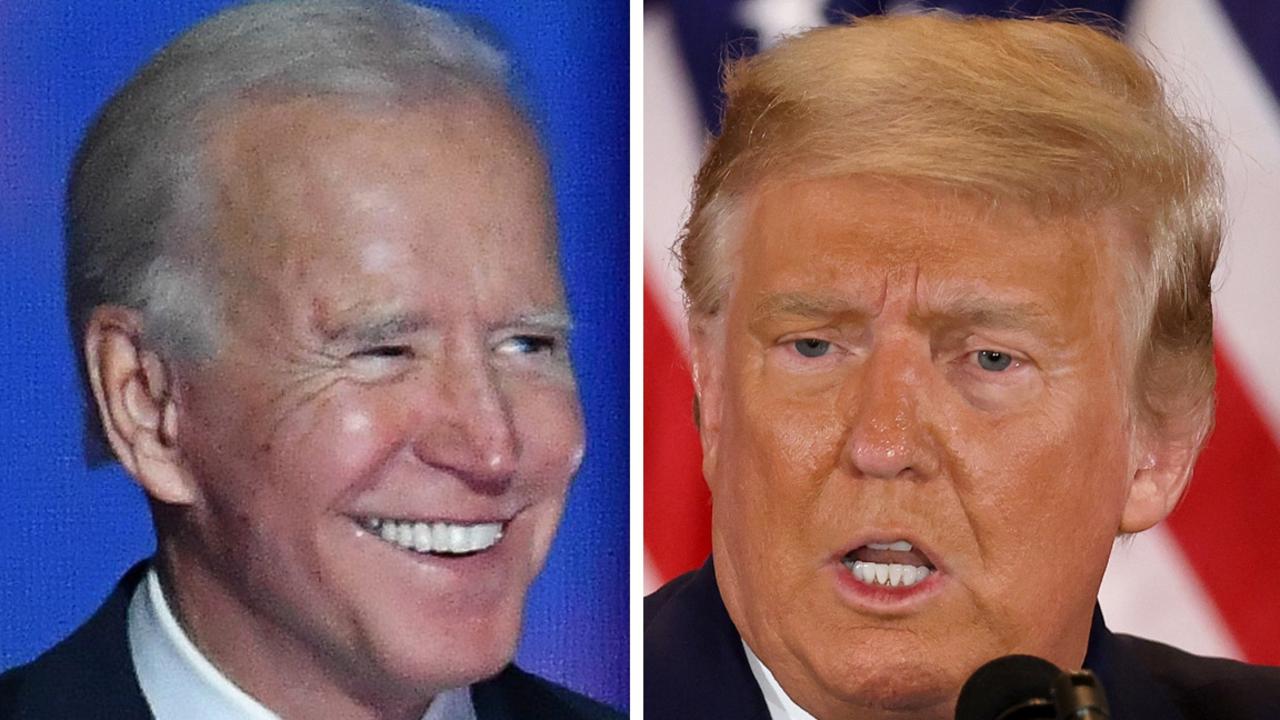London — The scientific community and most political leaders of the world agree with this climate change is one of the biggest threats to life on this planet, and the consequences already seen and felt around the world in the form of droughts, more frequent and stronger storms, uncontrollable floods, heat waves and wildfires.
While there is no doubt that the problem can only be solved through international cooperation, it can be difficult to track global efforts to do so. Every year there is one major global event that tends to bring everything into one place.
Below is a breakdown of what to expect from the biggest international climate conference, COP27, before it kicks off this weekend in Egypt.
What is “CS”?
COP stands for “Conference of the Parties”. It takes place annually, and is being convened for the 27th time. It is a meeting of governments that have signed the main global agreements on climate change: the United Nations Framework Convention on Climate Change, the Kyoto Protocol or the Paris Agreement.
The gathering is hosted by a different country each year, and this year it will be held in Sharm el-Sheikh, Egypt, from November 6 to 18. It will be an opportunity for signatory countries to discuss everything from the steps they are taking to adapt to the effects of climate change to financing climate action.
But this year’s meeting is also seen by many as a critical test of whether the global community can do enough to prevent the worst predictable outcomes climate change.
A critical test for climate action
Under the landmark 2015 Paris Agreement, the first legally binding international climate change treaty, 194 countries committed to limiting the rise in global average temperatures to “well below” 2 degrees Celsius — and ideally below 1.5 degrees Celsius — compared to the previous – industrial levels.
Under the treaty, each country decides how much it will reduce its emissions each year to meet this goal. Every five years, these goals are revised and become more ambitious; this is called a “ratchet mechanism”.
COP26held in Glasgow in 2021, was the first test of the ratchet mechanism, and the results were not promising. The targets submitted by governments for this conference were insufficient to limit global warming to the desired level. Countries were therefore asked to review their goals before COP27.
According to A UN report published in October, just weeks before COP27, the current policy has set the world on track for 2.8 degrees Celsius of warming compared to pre-industrial levels, and is currently “no sure way” to the goal of limiting the rise to 1.5 degrees Celsius.
“We are still nowhere near the scale and pace of emissions reductions needed to get close to 1.5 degrees Celsius,” Simon Steele, the UN’s executive secretary for climate change, said in October. “To maintain this goal, national governments must strengthen their climate action plans now and implement them over the next eight years.”
Who is going to COP27?
President Biden, along with US climate envoy John Kerry, will attend the conference, as well as at least 90 other heads of state.
The King of Great Britain, Charles III, who before inheriting the throne paid great attention to the environment, will not come, it was confirmed in Buckingham Palace. The UK’s new prime minister, Rishi Sunak, initially said he would not be able to attend due to the country’s financial turmoil, but there were reports that he was changing his mind after it emerged that Boris Johnson, the former prime minister, can go
Climate activist Greta Thunberg has said she will not attend this year’s conference, rejecting the global summit as a forum for “the economy”.
“As it is, the COPs don’t really work unless, of course, we use them as an opportunity to mobilize,” Thunberg said.
Thunberg said Monday that she also believes the space for activists at the conference is limited, and she wanted to leave room for other advocates to participate.
“Net zero commitments are worthless without plans, policies and actions to back them up,” UN Secretary-General Antonio Guterres said ahead of the conference. “Our world cannot afford any more austerity, fake moves or late moves. We must close the emissions gap before climate catastrophe is upon us all.”
This article is first published on Source link


